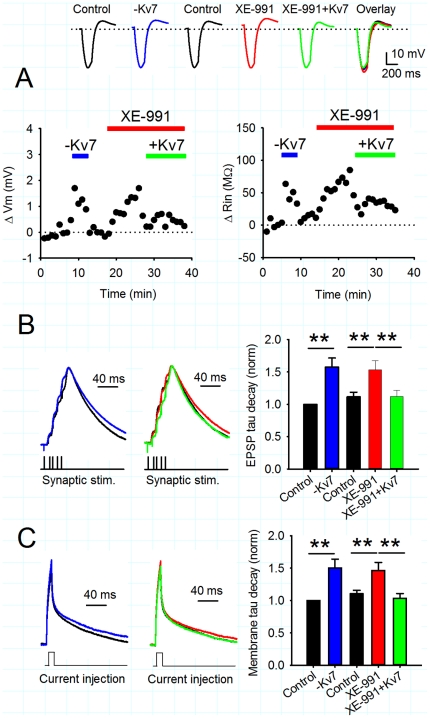Figure 3. Injection or removal of Kv7 conductance by dynamic clamp reverses or mimics the effects of XE-991.
A) Changes in membrane potential and input resistance caused by introduction of negative dynamic clamp Kv7 conductance (blue bar), XE-991 (10 µM, red bar) and positive dynamic clamp Kv7 conductance (green bar). Example voltage traces show responses to a hyperpolarising current in each condition. B) Left: Negative dynamic clamp Kv7 conductance prolongs the duration of summated EPSPs. Switching the dynamic clamping off completely reversed its effects. Example voltage traces in control (black) or negative dynamic clamp (blue). Middle: XE-991 prolonged the duration of summated EPSPs and this effect was completely reversed by positive dynamic clamp Kv7 conductance. Example voltage traces in control (black), XE-991 (red) and XE-991+Kv7 conductance (green). Right: Average membrane decay time constant shows similar increase in both negative dynamic clamp Kv7 conductance and XE-991. The effect of XE-991 is completely reversed by positive dynamic clamp Kv7 conductance. C) Left: Negative dynamic clamp Kv7 conductance prolonged the membrane decay time constant in response to a short subthreshold current injection. Switching the dynamic clamping off completely reversed its effects. Example voltage traces in control (black) or negative dynamic clamp Kv7 conductance (blue). Middle: XE-991 (red) prolonged the membrane decay time constant compared to control (black) and this effect was completely reversed by positive dynamic clamp Kv7 conductance (green). Right: Average membrane decay time constant shows similar increase in both negative dynamic clamp Kv7 conductance and XE-991. The effect of XE-991 is completely reversed by positive dynamic clamp Kv7 conductance.

